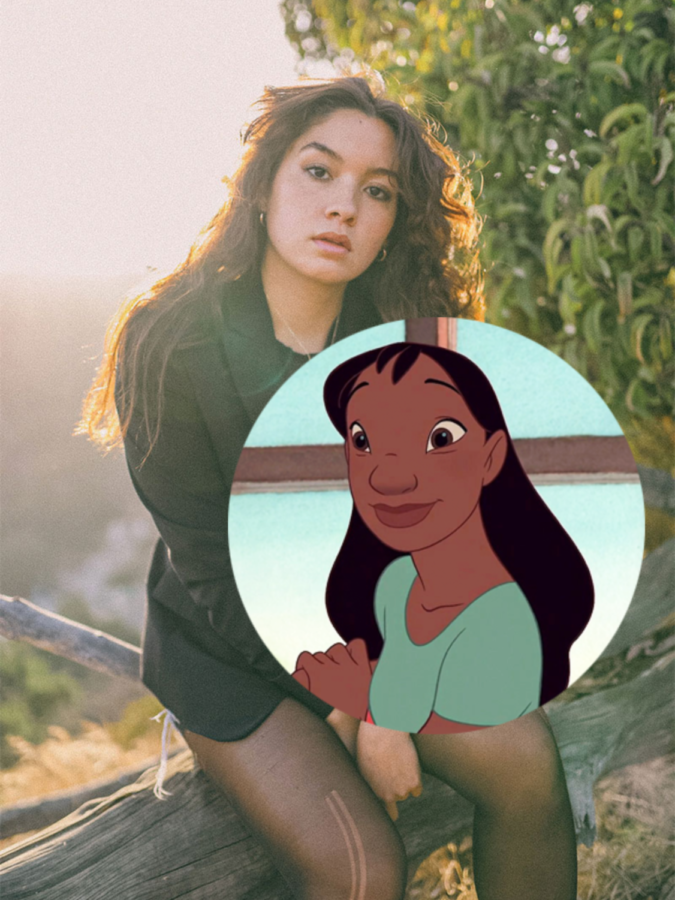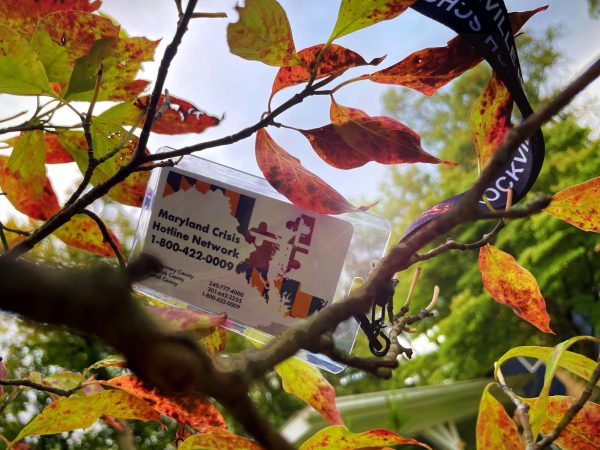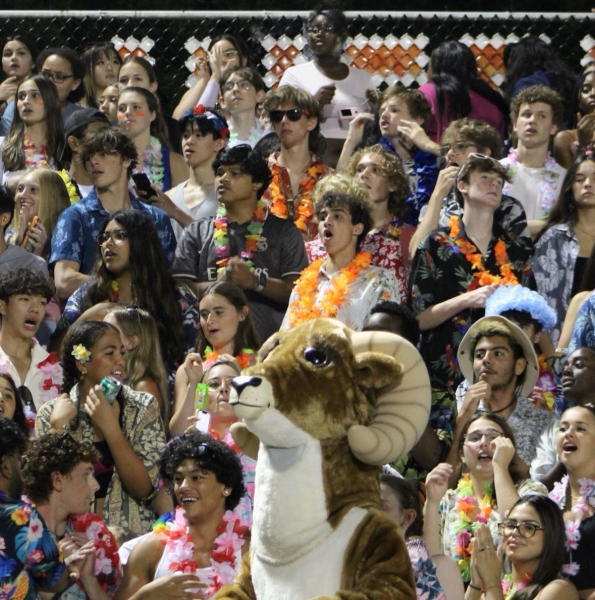Live-Action Lilo & Stitch Casting Brings Up the Question of Representation in Media
Many students can remember watching the beloved Disney classic Lilo & Stitch, enjoying Stitch’s progression into a functioning member of society, and the heartfelt moments between Lilo and her sister, Nani. Projected to release in 2024, Disney is currently working on casting choices for the live-action Lilo & Stitch. Since the first round of casting choices were released to the public, people have been in an uproar over the new cast, specifically the choice to cast Sydney Agudong as Nani. A lot of this debate comes as a result of the actress’ skin tone and representation of Hawaiians in the media.
Set on the island of Kauai, the movie follows Lilo Pelekai, a girl who doesn’t fit in and her unlikely befriending of a criminally wanted alien and teaching him to live a less destructive life. In doing so, Stitch finds a sense of family with Lilo, her sister and guardian Nani, and their friend David. The movie focuses heavily on the theme of family and where you belong.
One of the main aspects of Lilo & Stitch is the fact that Lilo and her family are Hawaiian. They are designed with Hawaiian features and local accents. With the rise in media representation of marginalized communities, Hawaiian natives should be on the list of those needed to be seen on the big screen. It’s crucial that Disney, as a multibillion-dollar film company, takes the right step toward representing these communities, especially in a movie like Lilo & Stitch, where Hawaiian features are at the forefront of the film.
Throughout the original film, Lilo & Stitch subtly addresses the impacts that colonialism and tourism have had on Hawai’i and on the natives that live there. To lighten Nani’s skin is to directly contradict one of the main points of that story. In a scene from the original movie, when Nani is fired from her job at a luau, she talks about the whole place being fake and nobody wanting to work there anyways. It is a direct jab at how Hawaiian culture has been commercialized. The systematic colorism, mistreatment of indigenous Hawaiians, and romanticization of Hawaiian culture are all aspects of the Hawaiian commercialization that Nani spits on. Disney’s choice of a lighter-skinned actress for a dark-skinned character only continues the cycle of forcing American culture into the islands that is already occurring in Hawai’i.
“I think Native Hawaiian representation is very important in Lilo & Stitch because it’s part of the film’s structure, and Native Hawaiian culture severely lacks representation,” said junior Fiona Schoof.
Another aspect being debated is the representation of native Hawaiians. While Agudong is a native resident of Hawai’i, having been born and raised on the island of Kauai, there is no confirmed information indicating that she has Hawaiian ancestry. To cast someone of ambiguous heritage, especially for someone designed to represent a certain culture, just because they were born in a certain place is a very lacking attempt to do the bare minimum in representation, and people will notice it regardless of if Agudong chooses to share her heritage or not. Media representation goes deeper than a place of origin — it goes down to the cultures and the features of a community that wants to be seen.
“A lack of representation in the media could lead to stereotypes,” said psychology teacher Christine Zafonte. “It can lead to uneducated decisions, false accusations, and discrimination towards others.”
Many of those who don’t understand the backlash over Agudong’s casting use the live-action The Little Mermaid casting choice of Halle Bailey to exemplify how the races of characters can be easily switched around if desired, and that if there wasn’t an uproar over Bailey’s casting, there shouldn’t be one for Agudong.
However, The Little Mermaid and Lilo & Stitch are extremely different. The former is about a mythological being. The latter is a member of a very real and very alive culture. Changing the race of a mermaid does not hold equal weight to changing the race of a character that was designed to portray features of a specific culture. Making Ariel a black mermaid is fine because mermaids do not exist in real life. Making Nani light-skinned is not because she was designed to represent a culture that exists to this day. It’s not only a slap in the face to people of darker skin tones across all communities, it’s a slap in the face to Hawaiian culture.
“I don’t think I would watch the remake without Hawaiian actors,” said junior Sarah Lopes Dos Santos. “Because Hawaiian culture is one of the essential parts of the movie, it’s like making a movie without the main character or without the main plot.”







